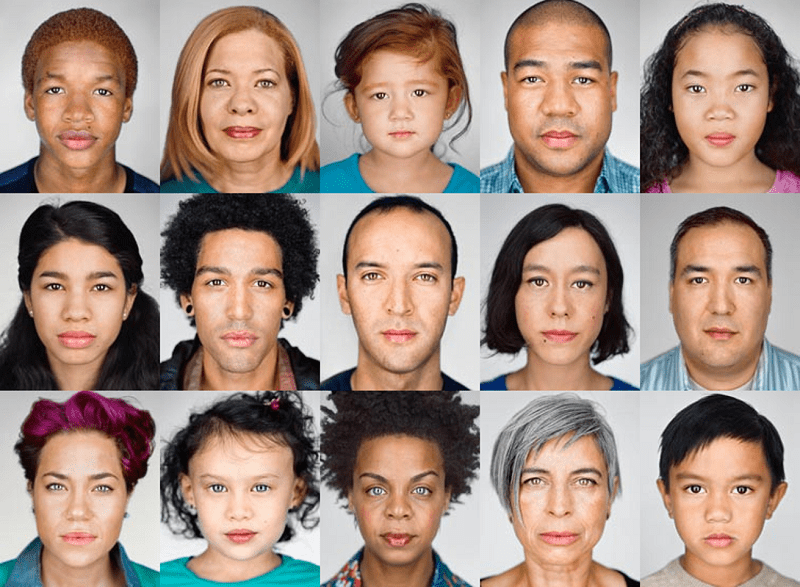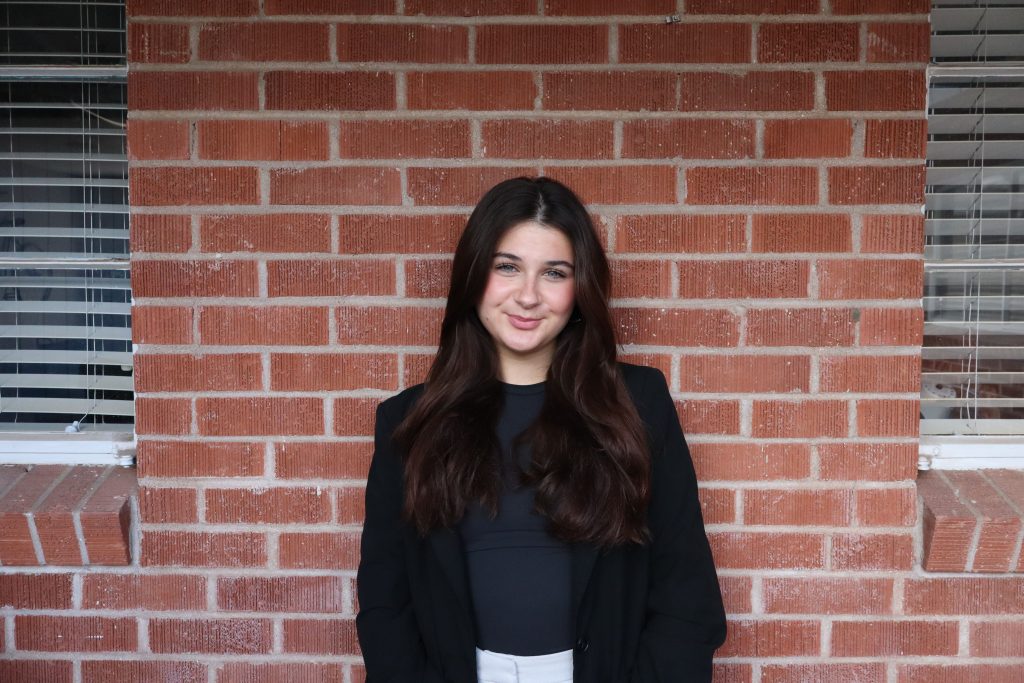[vc_row type=”full_width_background” full_screen_row_position=”middle” scene_position=”center” text_color=”dark” text_align=”left” overlay_strength=”0.3″ shape_divider_position=”bottom” shape_type=””][vc_column column_padding=”no-extra-padding” column_padding_position=”all” background_color_opacity=”1″ background_hover_color_opacity=”1″ column_shadow=”none” column_border_radius=”none” width=”1/1″ tablet_text_alignment=”default” phone_text_alignment=”default” column_border_width=”none” column_border_style=”solid”][vc_column_text]
As co-founders of both Nativa and OYE! Business Intelligence, my partner Eric Diaz and I spend a signficant amount of time attending and speaking at conferences nationwide. Several months ago I was invited to speak at one of the largest data conferences in the world, the Open Data Science Conference (ODSC) in Boston, MA. Speakers from different backgrounds working on different projects including machine learning, data visualization, predictive analytics, natural language processing (NLP), and artificial intelligence (AI) presented innovative solutions and case studies. In our case, my presentation was focused on demographic and psychographic data that will shape the future of multicultural marketing in the U.S.
Something struck me as unusual at this conference, however. While it is not abnormal for the audience to greet me after a presentation, the number of attendees and presenters that came to shake my hand afterward was impressive. They stated their appreciation for providing a data-based analysis of the American consumer today and highlighting the positive impact of our richly diverse country. They expressed their comprehension that data indeed allows brands and marketers to have a better and deeper understanding of cultural nuances among consumers of color.

Key Points Discussed in the Presentation:
- The Super Consumer: According to current trends, we know that 80% of the U.S. population growth between 2015 and 2020 will come from the multicultural demographic. This development is sparked particularly by the Hispanic population that is expected to swell to almost 30% of the U.S. population by 2060. This increasing force of multicultural consumers with a high concentration in youth (Millennials and Gen Z), already represent a buying power of $3.4 trillion in 2014 according to Nielsen. Thus, multicultural segments are becoming the ‘Super Consumers’ in this country.
- Ties to Ethnic Origins: Digging deeper into these segments, 40% of the Hispanic population are Millennials, according to Viant. In some markets such as Los Angeles, the higher concentration of young Hispanic consumers represents one-quarter of all millennials in the city. These Millennial Hispanic consumers, who are mostly first or second-generation immigrants, still have strong identity ties to their home culture creating an imperative for brands and organizations to look deeper into social and emotional behavior among multicultural segments.
- Cultural Sensitivity: We often hear that cultural sensitivity is overrated. However, based on these trends described above, cultural identity is not only relevant but will continue to be an important factor in the communication and marketing process for brands. To many, the collection of insights from social media data is a standard process even as predictive analytics is becoming a key component of marketing campaigns. What is lacking is the integration of authentic multicultural voices that goes beyond simply asking ‘Hector from Accounting’ how to translate a marketing campaign from English to Spanish, which is typically easier to do, but unsuccessful.

Final Thoughts
Based on these trends described above, the progress made in technology such as big data analytics and machine learning can offer new and improved opportunities for organizations to learn more about cultural sensitivity, diversity & inclusion, and consumer shopper behavior among multicultural populations. But the true challenge lies ahead in going beyond this understanding and integrating the future demographic changes of the U.S. population into meaningful communication campaigns.
[/vc_column_text][/vc_column][/vc_row]




